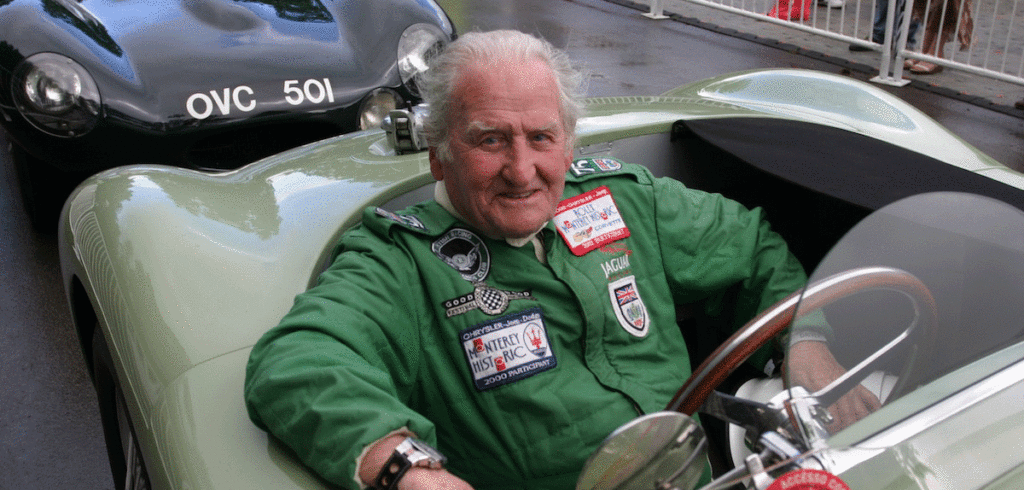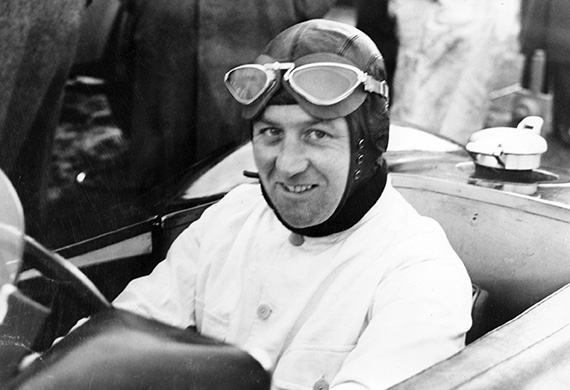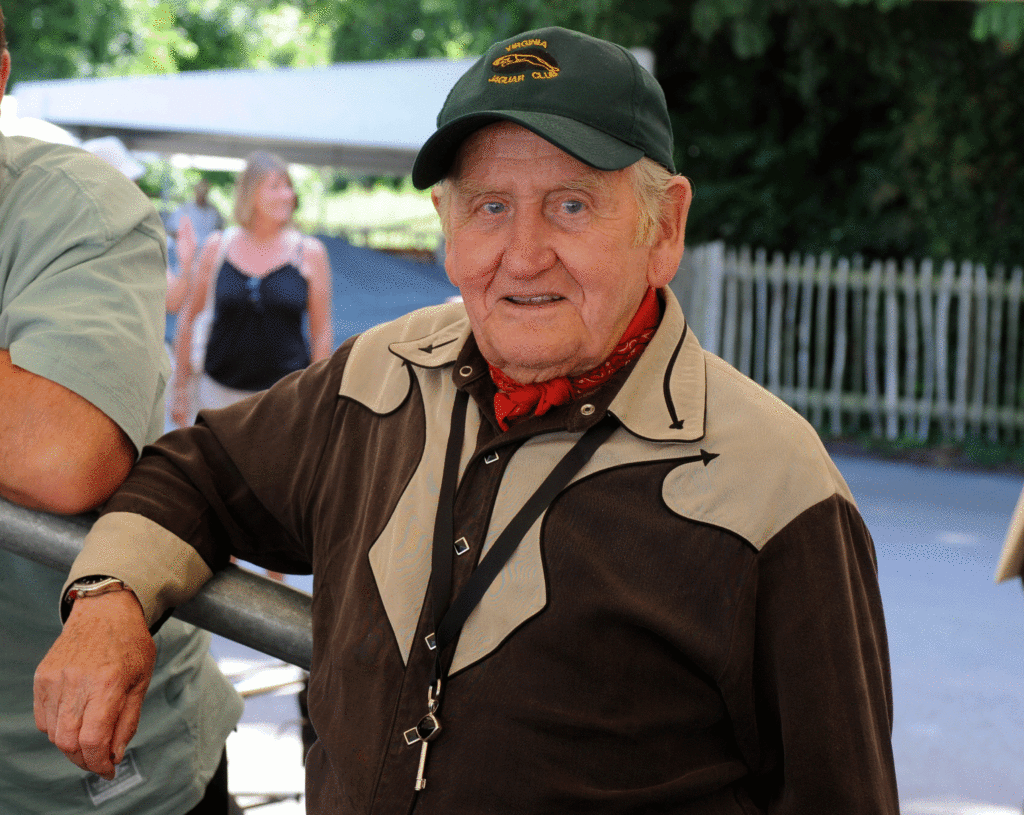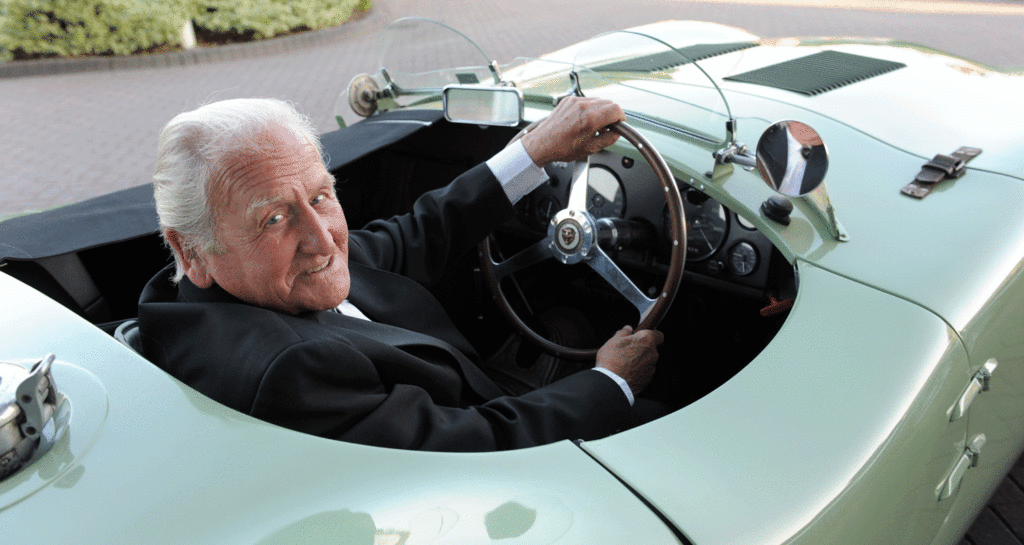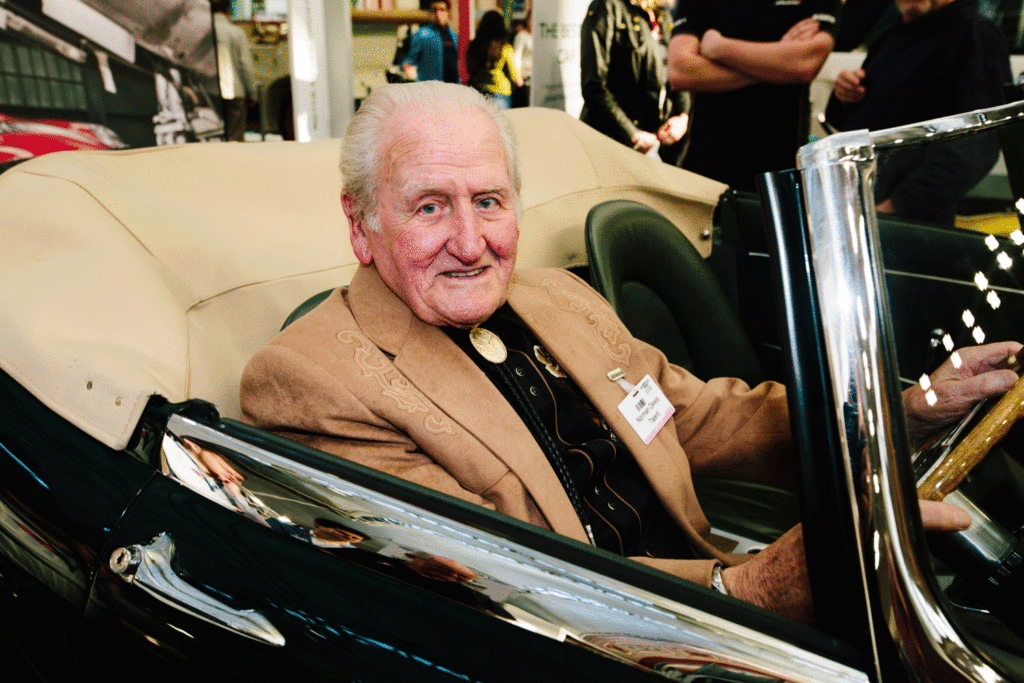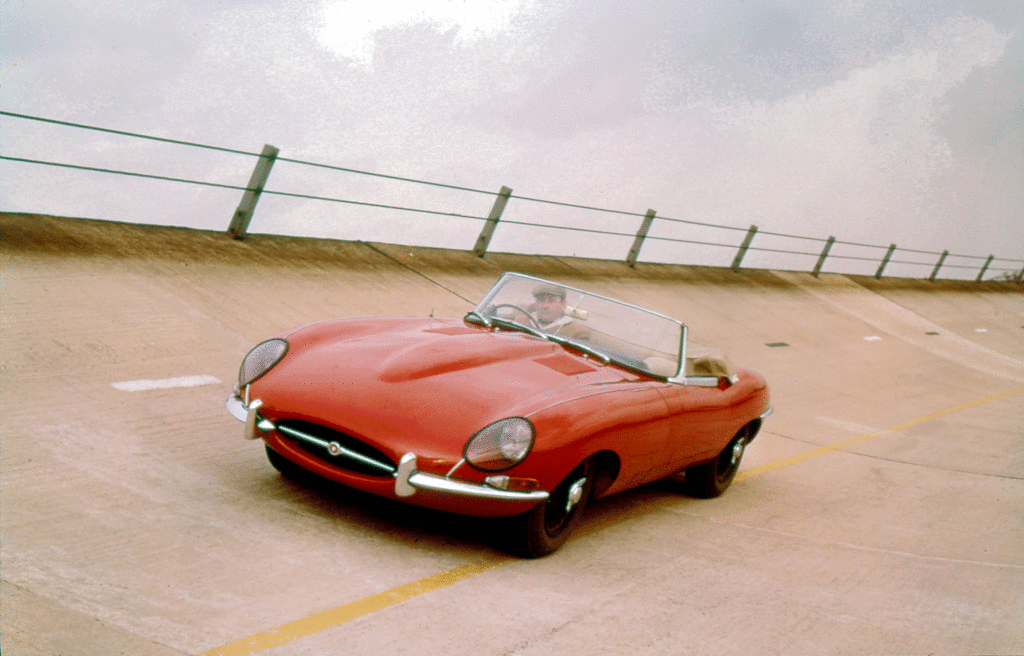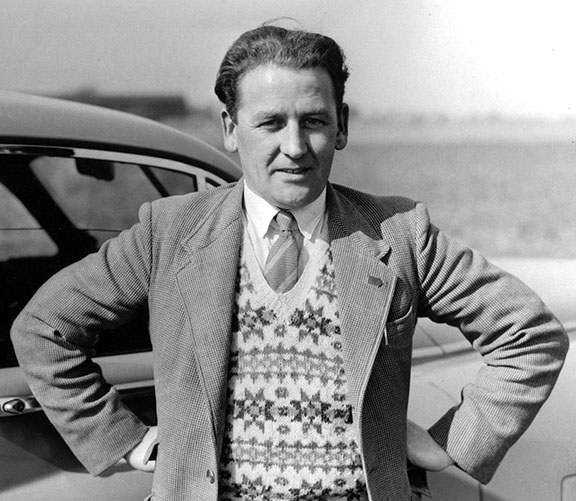ATTI remembers Jaguar’s legendary chief test driver and development engineer, who sadly passed away earlier this month.
Norman Dewis, the man responsible for developing some of the most iconic Jaguars ever, has passed away aged 98. Over a 33-year career with Jaguar, Norman’s fearlessness, talent and friendly, humble demeanor helped establish him not only as one of Britain’s greatest ever test drivers, but a veritable legend to the Jaguar brand.
There he developed the multiple Le Mans-winning C- and D-type racing cars, the XK 140 and 150 sports cars, the 2.4/3.4 and Mk 2 sedans plus the Mk VII and Mk VIIM models, the E-type (including the Lightweight E-type), the XJ13 mid-engined prototype, and the XJ-S and the XJ40 sedan models.
Unusually, Norman reported directly to Jaguar chief engineer, William Heynes; this arrangement was probably unique in the motor industry for a test engineer and it enabled the company’s chief engineer (later engineering director) instant, first-hand feedback on the proving process. Norman also sent copies of his reports to company founder Sir William Lyons. Both placed considerable store by what Norman said.
Born in Coventry, Norman began working on cars at age 14, fitting wings and hoods at the Humber factory. At 15 he moved to another auto maker, Armstrong Siddeley, where he spent time in the chassis department and first learned to drive while taking cars on their shakedown runs. During World War II, Norman was drafted into the RAF, working the gun turret of a Blenheim bomber, before joining Jaguar after a post-war stint at Lea-Francis.
Besides the many cars Norman helped develop in his career, one of his first projects is arguably the one that’s had the greatest, lasting effect on the automotive industry: the disc brake. Norman became involved with Jaguar and Dunlop’s development of the revolutionary braking system, famously trialled in a C-type at the 1952 Mille Miglia with Stirling Moss in the driving seat and Norman navigating.
In 1953, Norman also set a 172.412mph (277.470km/h) production car speed record in a modified Jaguar XK120 on a closed section of the Jabbeke highway, Belgium. He also drove a 190mph (305km/h) works D-type in the disastrous 1955 Le Mans 24hr race with greats like Moss, Mike Hawthorn and Juan Manuel Fangio. Such was Hawthorn’s faith in Norman that when he was asked to attend a test session and saw that Norman was already there, he asked the team manager: “Why am I here? If Norman’s satisfied with it, I’m satisfied.”
Outside of racing car development, Norman is also famous for his legendary night-time dash from Coventry to the Geneva Motor Show in 1961 for the launch of the Jaguar E-type. Covering roughly 700 miles (1,120km) in another E-Type sourced from the factory for press demos, Norman arrived roughly 15 hours later having only stopped once for fuel – hugely impressive at a time when there were no freeways.
In an era without seatbelts or crash safety, Norman was fearless. In total, it’s estimated he completed more than a million test miles at an average speed of higher than 100mph (162km/h), with a number of heroic anecdotes as a result. Whether it was the D-type that flipped and landed on top of him while testing glass-fiber panels or the XJ-13 that rolled end over end during a high-speed run, Norman managed to walk away without a scratch, didn’t tell his wife and then was back to work the next day.
Norman also built up a small but highly dedicated vehicle proving department, which he headed until his retirement in 1985. He also oversaw the establishment of a dedicated Jaguar test facility at Nardo, Italy and, in 1984, a major base at Phoenix, Arizona, for durability and environmental testing in the USA.
Following his retirement, Norman remained at Jaguar as a global ambassador to the brand (a role he held right up until his death) and could be found at many Jaguar events, chatting with fans and friends, wearing his distinctive bootlace tie and cowboy boots. During this time, he spearheaded Jaguar’s 60th anniversary celebrations for the race-winning D-type, and even got behind the wheel of the car at the 2014 Goodwood Revival, proving he hadn’t lost his touch.
Norman also consulted with the Jaguar Classic Works on the launch of the continuation Lightweight E-Type, a car he originally helped develop in the 1960s. In recognition of his services to Jaguar and the British motor industry, in 2014 Norman received the Order of the British Empire (OBE).
Prof. Dr Ralf Speth, Jaguar Land Rover CEO, said: “The Jaguar brand is synonymous with a number of big personalities: the founder, Sir William Lyons; the great designer, Malcolm Sayer; innovative engineer Bill Heynes; and – of course – the great test driver, Norman Dewis. Norman’s name will quite rightly go down in Jaguar history; without his contribution to the brand during his 33-year career, or as a global ambassador in his later years, Jaguar just wouldn’t be the same. So, I hope the world will join me and everyone associated with Jaguar Land Rover in saying: thank you, Norman.”


